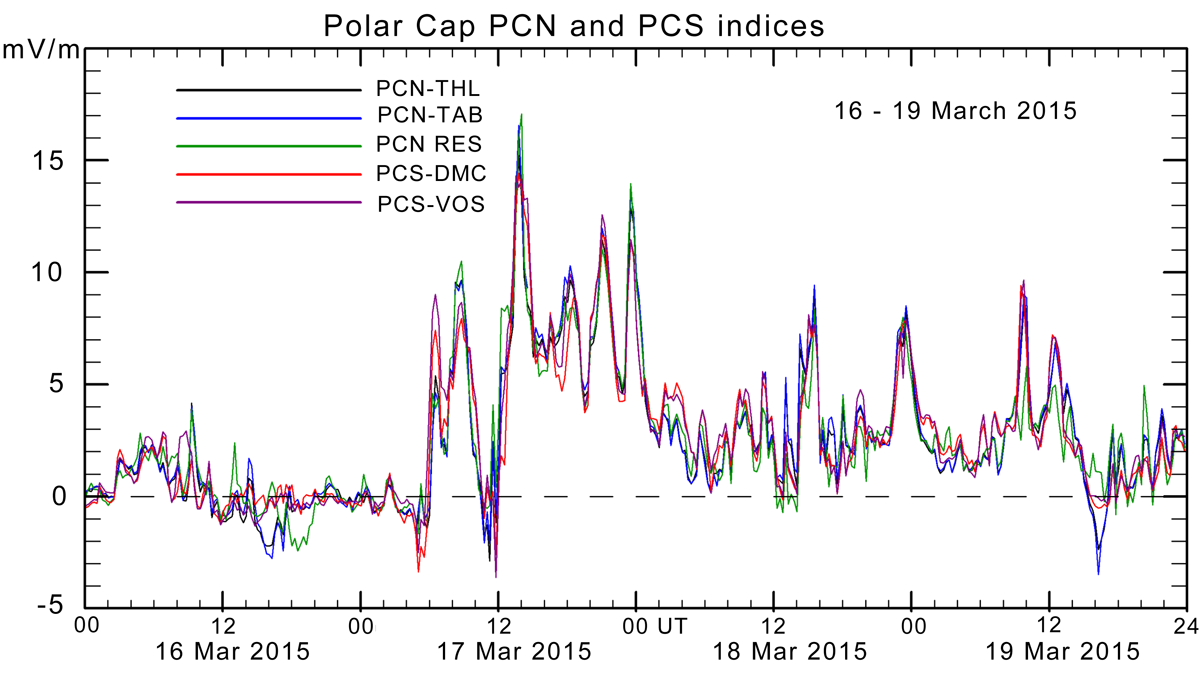Editors’ Highlights are summaries of recent papers by AGU’s journal editors.
Source: Space Weather
Many adverse space weather impacts arise when bursts of magnetic energy are released from the tail of Earth’s magnetosphere. These bursts, known as substorms, occur when energy from the solar wind enters the dayside magnetosphere and is transported to the tail (the growth phase of a substorm), where it gradually builds up until abruptly released (many such releases may occur during the course of an intense geomagnetic storm). The energy transported to the tail produces a magnetic signature in the polar regions of the Earth. That signature has been studied for several decades using a parameter known as the polar cap (PC) index, which is traditionally based on magnetometer data from just two sites, one in the Arctic and one in the Antarctic.
Stauning [2022] demonstrates how more polar region sites can be used for this purpose. The author shows that updated procedures (termed DMI2016 in the paper) allow consistent PC index values to be derived from multiple geomagnetic observatories in both polar regions. Given that many of these observatories now have the capability to provide data in real-time, this opens a pathway towards using the PC indices for near-real-time monitoring of the progress of geomagnetic storms. An enhancement in the PC indices can confirm whether a solar-wind disturbance observed upstream of Earth has actually hit our planet and is driving the build-up of magnetic energy in the tail of magnetosphere. This could give warning that a substorm is imminent and hence inform experts monitoring the ebb and flow of magnetic activity during a geomagnetic storm.
Citation: Stauning, P. [2022]. The polar cap (PC) index: PCS version based on Dome-C data. Space Weather, 20, e2021SW002941. https://doi.org/10.1029/2021SW002941
—Michael A. Hapgood, Editor, Space Weather

